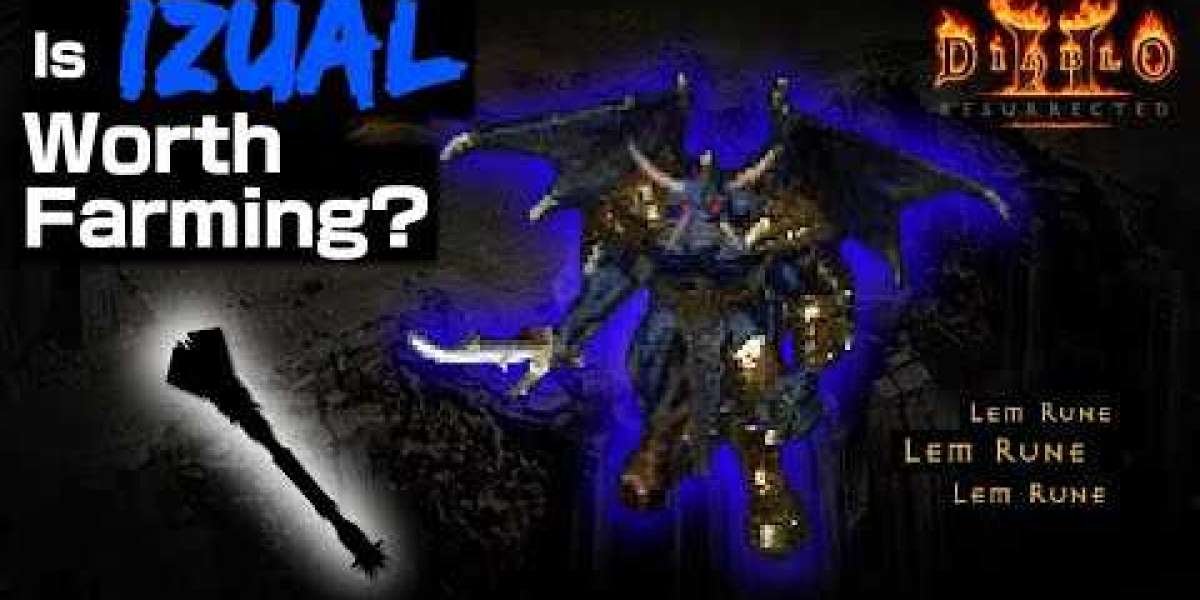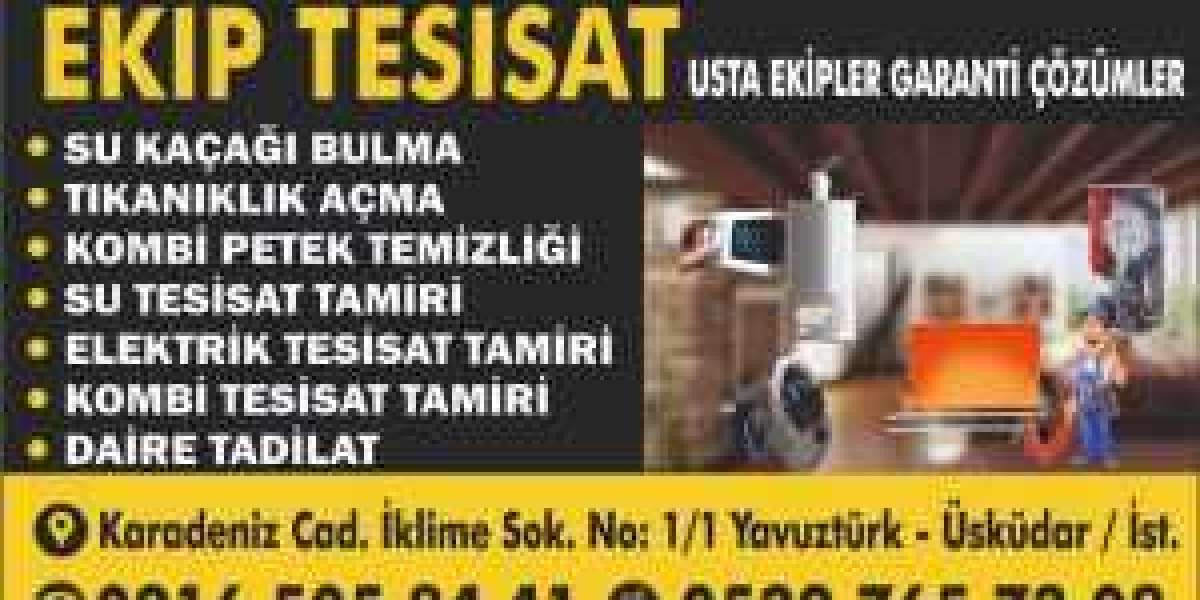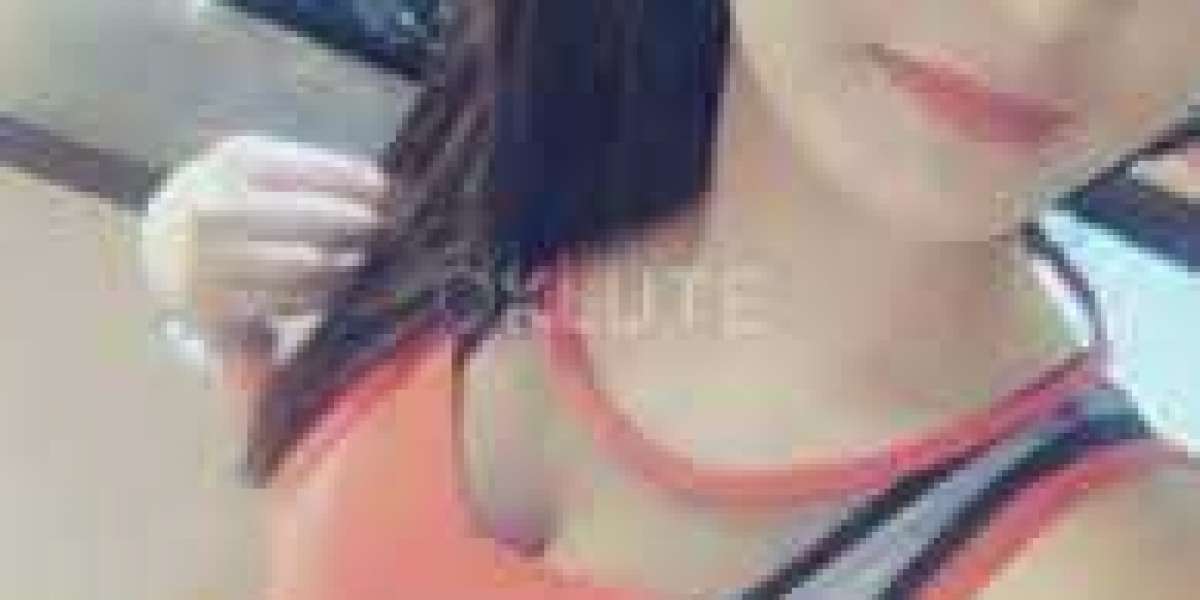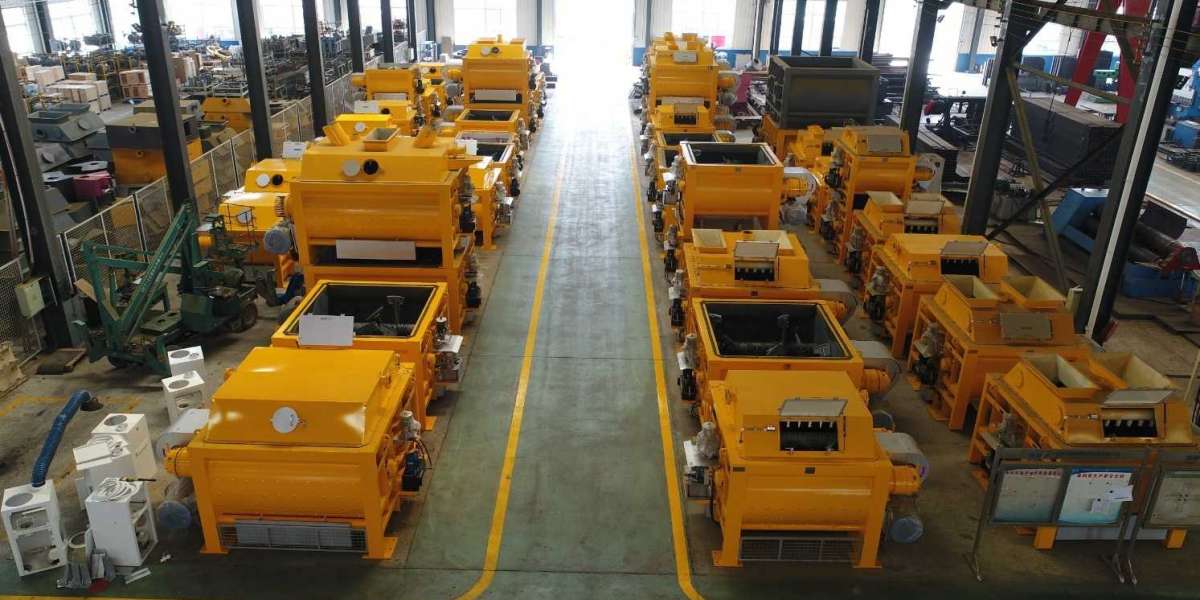natust.com
Wire Drawing Dies are one of the most important technical issues in the drawing process. The proper choice of drawing dies and lubricants is very effective in the final quality product. We will focus on types of wire drawing dies.
The wire drawing process reduces the size of a ferrous or non-ferrous rod down to a variety of finished sizes including super fine wire. This process is accomplished by passing the wire or wires through a series of single or multi-wire drawing machines. The drawing dies used in these machines can be Tungsten carbide, Natural Diamond or Synthetic Diamond, and the type of die utilized is choosen by the type of material being drawn. These tools are constantly under the high temperature condition because of wear between wire and dies (Fig D4).
Based on wire material, the classification of dies are (FIG C4) Cemented carbide including Tungsten carbide (WC), Diamond single crystal natural (SCN) including single crystal synthetic(SCS) and polycrystalline(PCD), Ceramic including titanium carbide(TIC), titanium nitride(TIN) and cubic boron nitride(CBN).
Tungsten Carbide Dies
It is a hard cemented carbide composite made from tungsten carbide powder and a suitable binder material. Such as cobalt. The most common tungsten carbide nibs are made from medium grain size tungsten carbide powder with 6-13% cobalt binder.
The most advantages of tungsten carbide nibs are toughness and resistance to fracture, which depend on the tungsten powder grain size and amount of cobalt used .higher cobalt binder content results in more ductile die material with lower hardness and wear resistance . these dies are used to draw larger diameter wires with heavy reduction at slower speed without much loss in die life.
SCN Dies
since it is a single crystal. It can be polish to very smooth finish with very low friction.Hardness and coefficient of friction of single crystal natural diamond dies vary with crystallographic orientation and results in increased die wear along certain crystallographic directions. Toughness is very poor for natural diamond as the diamond crystal has naturally weak points called cleavage planes where fracture occur easily .single crystal diamonds produce the ultimate surface finish and are used for final dies where a bright clean surface is required.
Pcd blanks are currently produced in self-supported or tungsten carbide supported blanks that are more often used in ferrous wire drawing applications. Self-supported blanks are generally offered in two grain sizes ( ≤1-5 micron) and two grades ( thermally stable catalyst metal removed-TS , and metal filled ,contains catalyst metal-MF). Tungsten carbide supported blanks have a core integrally bonded to a tungsten carbide supported ring. these blanks are generally offered in fourteen sizes and four grain size( 3-5-25-50n microns).
The wire drawing process may also need other tools except from drawing die, such as cutting tool like CNC cutting tool, milling cutter like CNC milling cutter and some CNC machined parts including stainless steel parts and nylon parts








